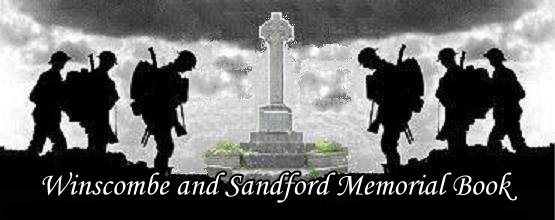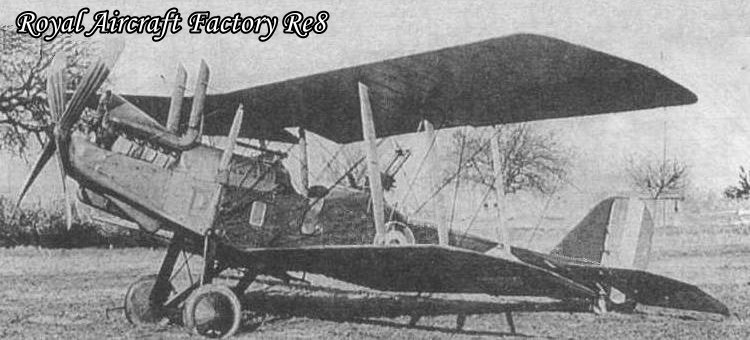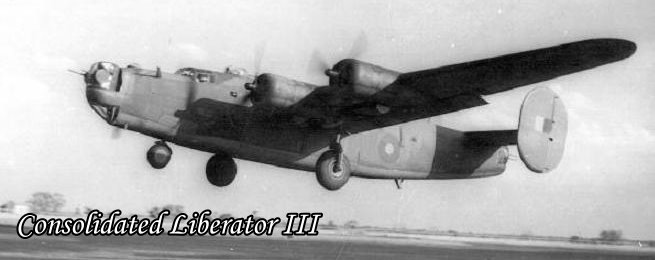
|
|
|||||||||
 |
|||||||||
|
|
|
||||||||||||||||||||||||||||||||||||||||||||||||||||||||||||||||||||||||||||||
 |
|
The RE8 [above] was the RFC’s standard Reconnaissance/Bomber aircraft and by 1918 was both underpowered and underarmed. The Liberator III [Below] served both with RAF coastal command to hunt U-Boats and in Africa, India and the Far east as a heavy bomber. The plane here is shown in Far East markings as after V-E day, many RAF Liberators were prepared for the final assault on Japan and the red centre was removed from the RAF roundels to prevent confusion with Japanese aircraft. |
||
 |
||